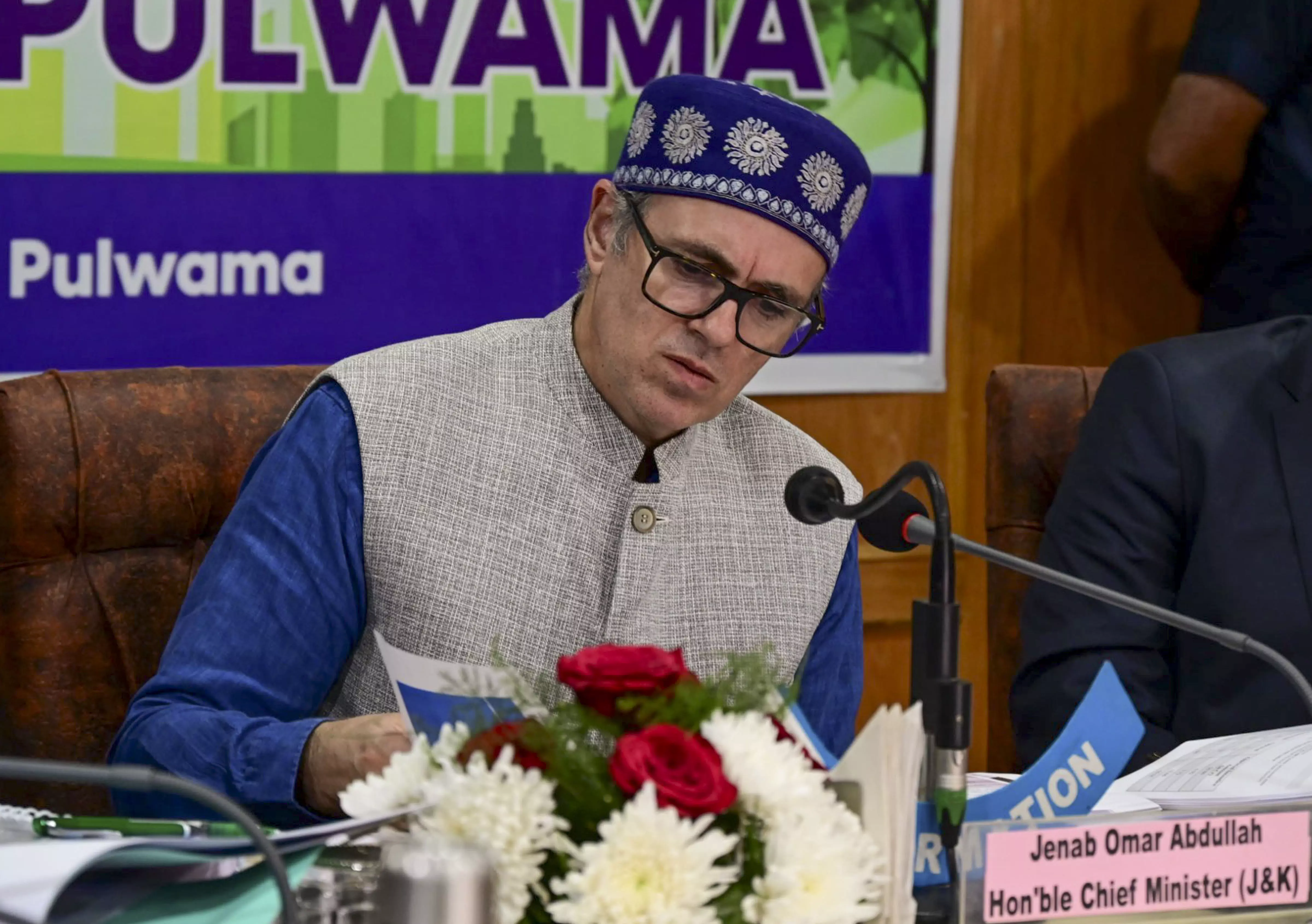Formula 1 design luminary Adrian Newey has officially declared his intention to part ways with Red Bull Racing in 2025, marking the end of an illustrious era and leaving fans and pundits alike pondering his next move.
Also Read: Nico Hulkenberg Leaves Haas to Join Incoming Audi F1 Team From 2025

Newey, who has served as Red Bull’s chief technical officer since 2006 and massively responsible for the team’s 117 race wins, 272 podiums, seven drivers titles and six constructors titles, will gradually transition away from his Formula 1 design responsibilities throughout the current year. Instead, he will dedicate his focus to steering Red Bull’s RB17 hypercar project to fruition, ensuring its success until its completion.
Despite this shift, Newey will continue to lend his expertise to specific Formula 1 races for the remainder of the season, offering support to the trackside team before officially bidding farewell in the first quarter of 2025.
Also Read: Ayrton Senna’s Personal Honda NSX Goes Up For Sale

During his tenure at Red Bull, Newey played a pivotal role in transforming the team from a newcomer to a dominant force in Formula 1, securing multiple drivers’ and constructors’ championship titles.
Speculation surrounding Newey’s departure had been rife for some time, fueled by a mix of long-standing points of contention and recent disagreements within the organisation. Concerns regarding the valuation of his contributions and reluctance to be sidelined from Formula 1 to focus on the RB17 hypercar project are among the factors cited for his decision to part ways.

Also Read: Formula E Reveals Gen3 Evo Race Car, Set To Debut In 2025
Acknowledging Newey’s departure, Red Bull emphasised his instrumental role in the team’s Formula 1 success, particularly during the V8 blown diffuser era from 2009-2013 earning four consecutive world titles with Sebastian Vettel and the ground effect era and Max Verstappen’s three championship victories (so far).
In a statement, Newey expressed gratitude to the Red Bull team and shareholders for their support, affirming his confidence in the engineering team’s preparedness for the RB17’s final evolution under the current regulation set.






